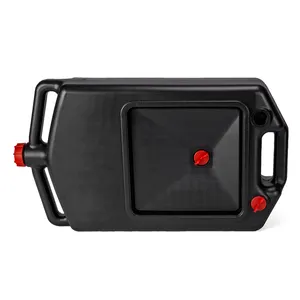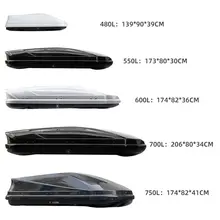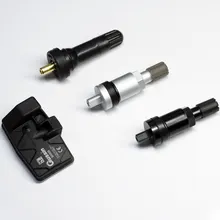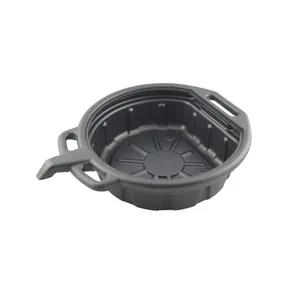An oil drain pan, also known as an oil drip pan, is an appliance utilized during oil changes. When operating vehicles or machinery, there may be a risk of leakage, whether it’s fuel, oil, or lubricant. At this time, an oil drain pan can help to solve this problem by storing the run-offs easily and safely.
Different types of oil drain pans
Ordinarily, there are three types of oil drain pans: steel and metal oil drain pans, rubber oil drain pans, and plastic oil pans. Steel and metal oil drain pans are more suitable for manufacturing applications. They are made from strong steel and other metals that can be utilized to catch flammable or hazardous materials, such as chemicals, fuel, and oils without being damaged or rusting. Rubber oil drain pans are reasonable choices for more rigorous applications, because they are good at scratch-resisting, and the rubber allows them to be driven over before they spring back to their original form. As for the plastic oil drain pans, they are commonly made from heavy-duty polyethylene, which can be used in a number of diverse workplaces and applications. They are durable, and versatile, and work well with different sorts of fluids including oils and fuel. Apart from these commonly seen types, there are also other sorts of oil drain pans that are specially created to suit some specific applications. For instance, axle oil drain pans are made to fit underneath the axle of the wheel, and heavy-duty green antifreeze and oil drain pans, are for use in garages where chemicals have to be separated.
Steps to use an oil drain pan
Car’s engine oil and filter need to be changed regularly, so a car oil drain pan may come to help change the oil in both easy and inexpensive way. Firstly, the car needs to be parked on a flat surface and be elevated by the car jack or the car ramp. After placing a wheel block behind a rear tire to restrain the car, the oil draining process can begin. The oil drain pan should be placed under the engine drain plug, unscrew the counterclockwise to remove the oil cap on top of the engine. This step can allow the oil to drain out quicker. Use inward force to loosen the oil plug to avoid getting oil all over the arm, and just wait a few minutes for the oil to drain out of the vehicle fully. When the oil has stopped running out of the crankcase, the drain plug needs to be replaced and tightened back into place.





































 浙公网安备 33010002000092号
浙公网安备 33010002000092号 浙B2-20120091-4
浙B2-20120091-4